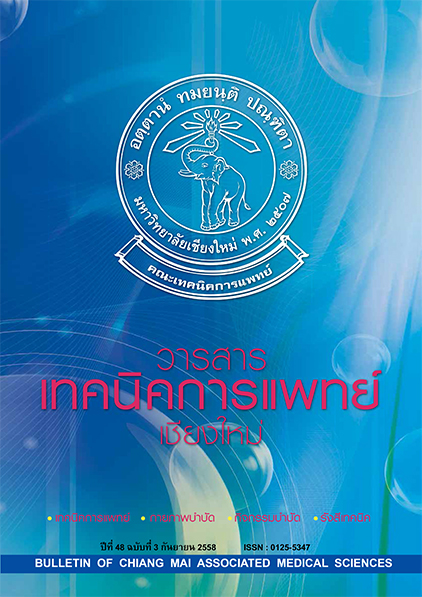Effectiveness of the Visual Perceptual Intervention Program for grade 1-3 students with learning disabilities
Main Article Content
Abstract
Background: Children with learning disabilities have problems of visual perception in several levels, which can affect learning achievement. There were many studies examined the effectiveness of visual perception intervention programs. In Thailand, Visual Perceptual Intervention Program for grade 1-3 normal students was developed and implemented.
Objective: This study was conducted to test effectiveness of the Visual Perceptual Intervention Program for grade 1-3 students with learning disabilities.
Materials and methods: Two groups were included: experimental (n=29) and control (n=30). Each group was completed the DTVP-2 pre- and post-test. The experimental group received the Visual Perceptual Intervention Program twice weekly for 12 weeks. Control group were received routine education program in their classroom. The Wilcoxon Signed Ranks test and Mann Whitney U test were used to analyze the data.
Results: There were no differences between groups at pre-testing, but post-test scores improved for both groups at post-testing. Score in the experimental group was significantly higher than control group.
Conclusions: The Visual Perceptual Intervention Program was efficient for stimulating the visual perception of grade 1-3 students with learning disabilities. This program can develop visual perception more than normal development.
Bull Chiang Mai Assoc Med Sci 2015; 48(3): 222-230. Doi: 10.14456/jams.2015.17
Article Details
Personal views expressed by the contributors in their articles are not necessarily those of the Journal of Associated Medical Sciences, Faculty of Associated Medical Sciences, Chiang Mai University.


